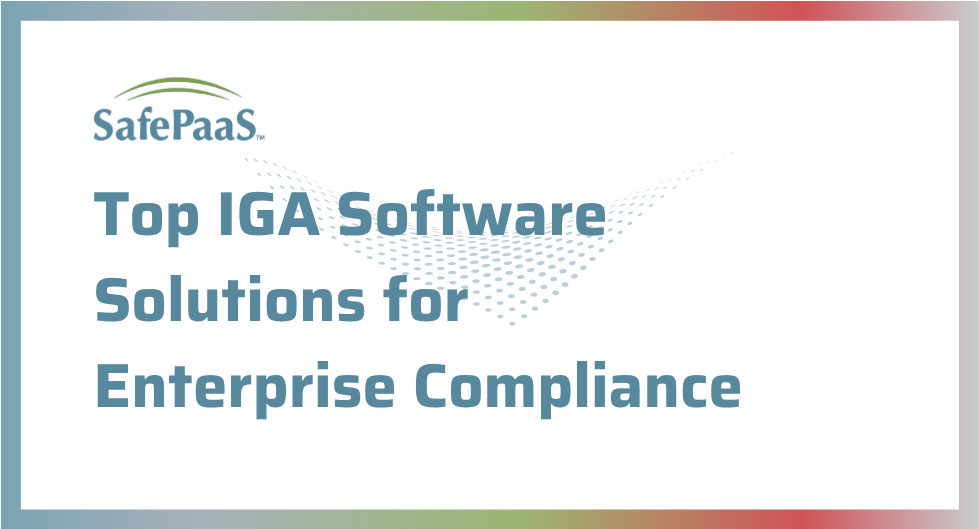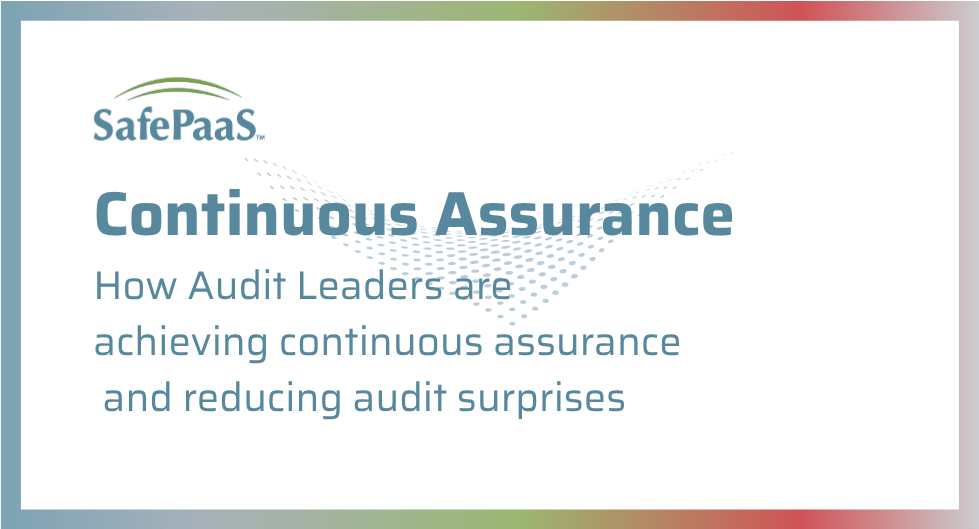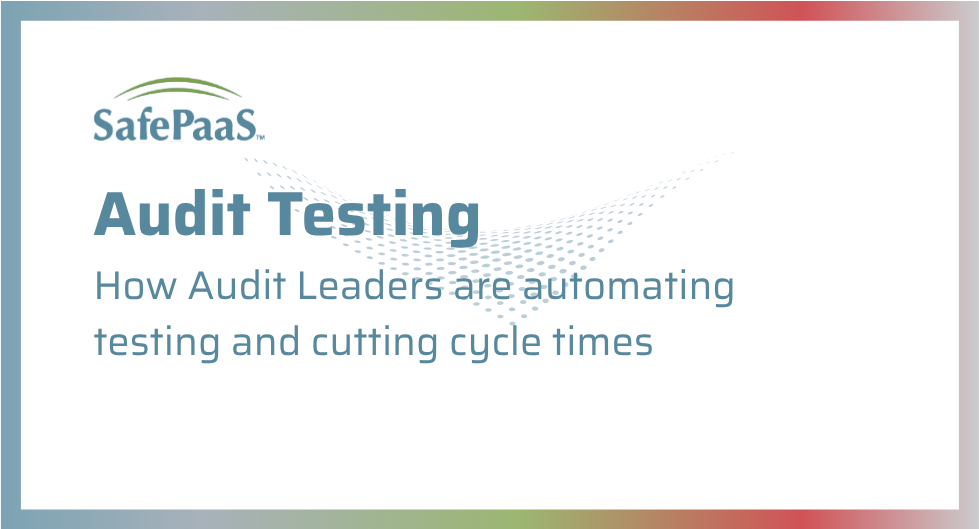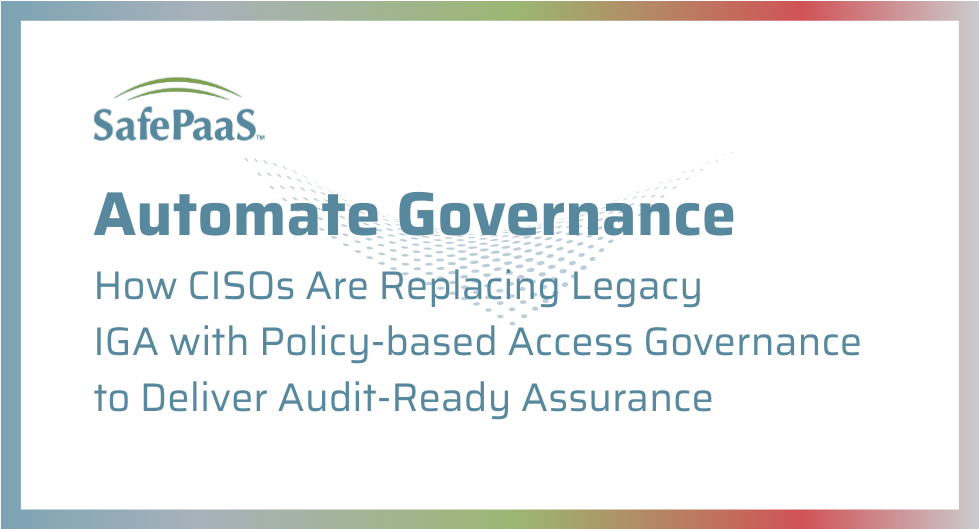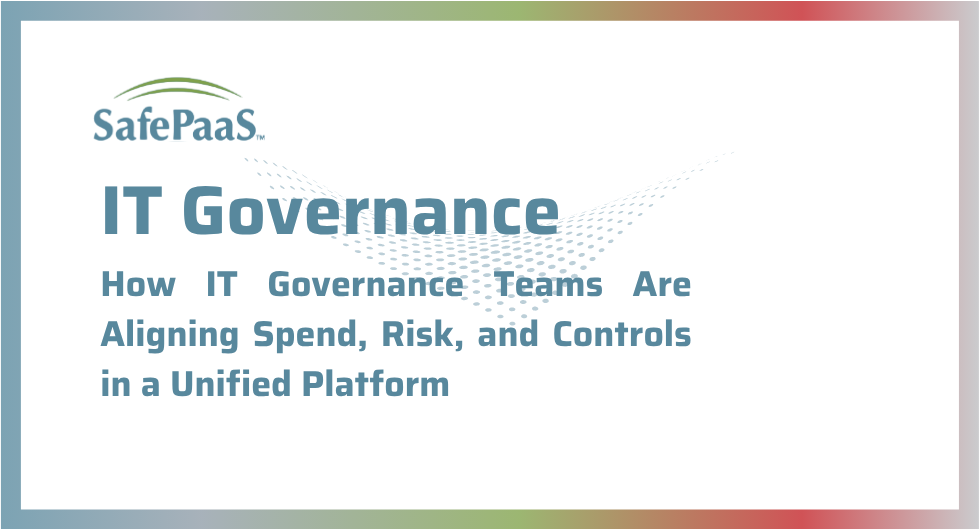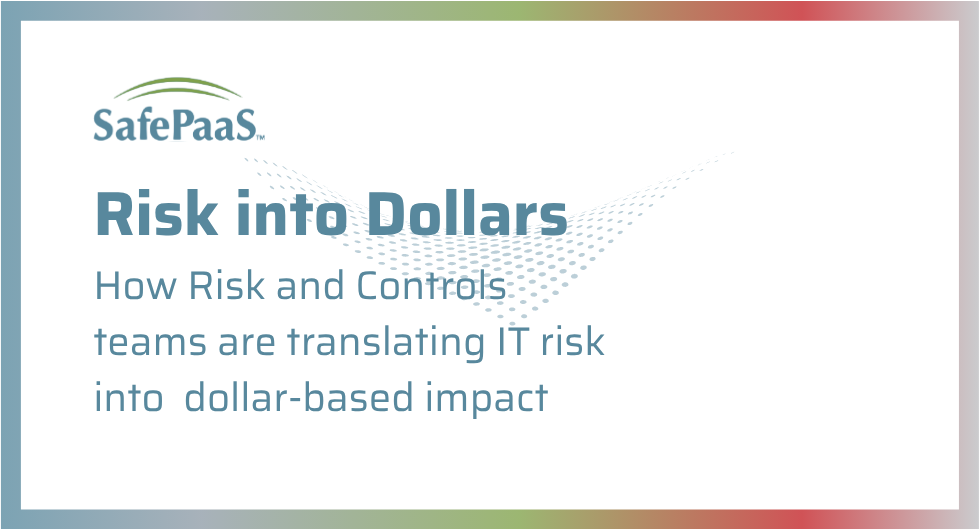A decade ago, most enterprises could get by with basic user directories and semi-annual access reviews. But the rules have changed. Every organization now operates within a fast-evolving digital ecosystem powered by cloud platforms, SaaS applications, automation scripts, bots, and third-party integrations. Human employees are just a fraction of the identities flowing through business systems; non-human identities, machine accounts, service agents, and AI-driven processes have come to dominate the landscape.
This rapid transformation exposes a core problem: current identity tools and spreadsheets can’t manage the complexity or risk profile of modern enterprise identity management. The sheer scale and dynamism of users across the organization demand new, intelligent approaches. It’s not enough to tick boxes for compliance or run periodic certifications. Enterprise security hinges on robust identity governance and administration solutions that align with the needs of today’s digital operations.
The Challenge: Explosive Identity Growth and End-to-End Risk
Enterprise identity isn’t what it used to be, and the risk perimeter is no longer defined by a handful of employees and their access rights. Let’s break down the critical challenges:
-
Non-Human Identity Proliferation
Few organizations truly grasp how quickly non-human identities have multiplied. Every cloud application, automation routine, API, and bot introduces new service accounts and configuration credentials, often with elevated privileges. These non-human identities routinely outnumber people by over ten to one, yet rarely receive equal oversight. When projects stall or integrations change, these accounts often remain active in the background, quietly expanding the risk perimeter.
-
Disjointed Integration Across the Business
Hybrid workforces rely on hundreds of applications, spanning public cloud, on-prem systems, and specialty tools. Onboarding new employees is one challenge, but plugging in bots, service accounts, and external collaborators can take weeks or months with traditional methods. Many companies end up patching together custom scripts and clunky connectors, leading to inconsistent policies and access rights spread across disconnected platforms.
-
Policy Enforcement That Can’t Keep Up
Static access approvals and slow change management leave gaps between business needs and security practices. Employees switch roles, contractors come and go, and machine accounts adapt with new automations. If policy enforcement is slow or fragmented, privileges become outdated and compliance slips through the cracks. “Access creep”—the gradual, unchecked expansion of permissions—remains a major source of audit findings and potential breaches.
-
Visibility Gaps and Reactive Auditing
Risk teams often depend on siloed dashboards, periodic spreadsheet exports, or after-the-fact investigations. Without unified, real-time visibility, it’s nearly impossible to track every privilege, detect conflicts, or prevent toxic access combinations as environments shift. Audits turn into resource-draining exercises, and critical risks develop unseen in between review cycles.
Where Current Identity Governance Solutions Fall Short
Let’s follow a realistic process inside a growing enterprise:
- New teams are spun up to support cloud migration, requiring access to SaaS platforms, data pipelines, and custom development environments.
- Bots and service accounts are created for automation and integration, but their lifecycles aren’t mapped with equivalent rigor as human users.
- Manual onboarding means emails, ticket queues, and dozens of separate approval chains for different systems.
- Changes in team membership or business focus aren’t instantly matched with access reviews, leaving excess privileges in place.
- Decommissioning or offboarding relies on audit trail reviews and cross-referencing disparate logs—often incomplete or out-of-date.
This process stretches IT resources and leaves the business exposed to compliance risk, insider threats, and costly operational drag.
What Modern Identity Governance Needs To Deliver
Modern enterprises require identity governance and administration solutions that go beyond basic automated provisioning. These solutions must enable:
- Unified, organization-wide onboarding: Every identity, from permanent staff and contractors to digital agents and external collaborators, comes under a single, policy-driven management system.
- Seamless integration with all major cloud, SaaS, and vertical applications: Built-in templates and connectors eliminate custom coding and manual maintenance, streamlining the onboarding of new assets and services.
- Automated, adaptive lifecycle management: From first provisioning to role changes and timely deprovisioning, the platform keeps pace with business dynamics and ensures privileges remain current.
- Continuous, real-time compliance: Exception-driven workflows and automated certifications eliminate the lag between business changes and risk detection, surfacing problems as they arise.
- Panoramic visibility and actionable analytics: Leaders can see every identity, every privilege, and every access event across the organization, supporting rapid business decisions and proactive risk management.
- Minimal administrative burden, with streamlined controls: Business owners, security leads, and IT teams can collaborate effectively, managing privileges and reviewing access without endless manual steps or consulting projects.
Unlocking Business Value: Customer-Proven Outcomes with Identity Governance and Administration Solutions
Deploying platform-based identity governance and administration software isn’t just a technical upgrade—it delivers measurable results enterprises can see fast:
- Rapid time-to-value: Organizations report onboarding critical applications and user groups up to 60% faster compared to legacy manual processes. In many enterprise rollouts, over 85% of identities—including cloud service accounts and bots—are brought under governance within the first 30 days of deployment.
- Risk reduction, proven at scale: Continuous privilege monitoring and automated lifecycle management cut excess access and orphaned accounts by an average of 70%, dramatically reducing insider threat surfaces and compliance exposure across complex environments.
- Audit success rates: Enterprises running modern identity governance and administration solutions have accelerated audit response times by 50% and decreased audit remediation findings by as much as 60%, thanks to real-time reporting and proactive exception management.
- Operational efficiency: IT and security teams are able to automate more than 80% of recurring access certifications, freeing staff to focus on strategic initiatives instead of reactive clean-up or validation.
- Customer scenario: After a global reorganization and cloud migration, one enterprise integrated over 3,000 SaaS and infrastructure identities (human and non-human) in less than four weeks, achieving compliance with new regional regulatory requirements ahead of deadline—all without increasing headcount or adding external consultants.
Identity governance and administration solutions are delivering not just process improvements, but visible bottom-line results—all supported by workflow automation, unified lifecycle controls, and centralized oversight.
The Platform Approach: Capabilities That Stand Out
A truly effective platform for identity governance and administration must include:
- Discovery and continuous inventory of all identities, regardless of origin or type
- Flexible connectors and policy engines that adapt as business needs evolve
- Exception-driven automation for certification reviews, access requests, and privilege changes
- Role-based controls that reflect both organizational hierarchy and real-world workflows
- Analytics to detect emerging risks, privilege overreach, and dormant accounts instantly
- Intuitive dashboards enabling cross-functional collaboration and management by both IT and business users
By deploying such a platform, enterprises retire manual processes, stop relying on retroactive, fragmented audits, and gain full-spectrum visibility into every identity lifecycle.
Why Platform-Based Identity Governance and Administration Software Is the Best Solution for Enterprises
In a world where identities are counted in millions, where bots can deploy new business capabilities overnight, and where compliance is always just one audit away, platform-based identity governance and administration solutions aren’t just another IT upgrade—they’re essential infrastructure.
With organization-wide coverage, rapid integration, adaptive automation, and deep analytics, these systems empower enterprises to move faster, cut risk, and unlock new value. They close the governance gap between people and technology, providing security teams with tools that match the velocity of the business.
Identity management at enterprise scale is a moving target—but the risks and requirements have never been clearer. To meet the challenges of cloud adoption, automation, and hybrid business models, organizations need identity governance and administration software designed for today’s realities.
Ready to move beyond manual processes, fragmented reviews, and legacy limitations? Request a demo of our enterprise-ready platform and discover how modern identity governance and administration solutions can bring clarity, control, and confidence to every corner of your business.
